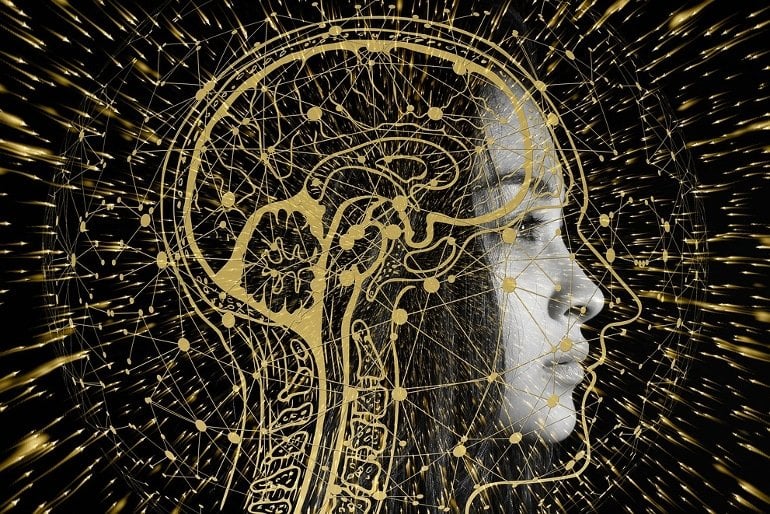Summary: Mapping the hierarchies and the incoherence within a network system, including neural networks, genes, and even social networks, can help estimate the point at which the network becomes strongly connected.
Source: University of Birmingham
A new way of describing the connections in real-world systems such as food webs or social networks could lead to better methods for predicting and controlling them.
According to research published in the journal PNAS, by mathematicians at the University of Birmingham, mapping the hierarchies and also the incoherence within a system will enable us to predict the system’s strong and weak points.
Understanding how these connections work is crucial in many different ways – for example knowing how a disease will spread through a population, or whether every point in a communications network is ‘in the loop’.
Real-world systems like these are referred to as ‘directed networks’ by mathematicians because the connections usually flow in a specific direction. In food webs, for example, biomass will generally move upwards from plants, through herbivores and on towards apex predators. Networks are strongly connected if it’s possible to move around the network without ignoring the directionality.
If a network is perfectly “coherent”, with distinct trophic levels like plants, herbivores and carnivores, it can’t be strongly connected. However, most real-world systems are neither perfectly coherent nor completely incoherent, but lie somewhere in between. In a food web, for instance, this might occur because of omnivorous animals that will eat both plants and other animals.
The researchers found that it was possible to use this trophic incoherence to estimate the point at which a network becomes strongly connected. They demonstrated that the method works for any type of network, including those of neurons, people, species, metabolites, genes and words, among others.

Niall Rodgers, lead author on the paper, said: “Our approach opens up news possibilities for understanding all sorts of different networks that are regularly encountered in society. A disease outbreak, for example, could be thought of as a network connected by the spread of bacteria through a population.
“Understanding where you are in that network and whether the connectivity is strong or weak could be crucial to making decisions about infection control.”
Samuel Johnson, senior author on the paper, added: “This modelling approach could be used to disrupt networks as well, because the points at which connectivity becomes strong can be targeted. Neurologists, for example, might find new ways to treat epilepsy by pinpointing specific connections responsible for maintaining seizures.”
About this neuroscience research news
Author: Beck Lockwood
Source: University of Birmingham
Contact: Beck Lockwood – University of Birmingham
Image: The image is in the public domain
Original Research: Open access.
“Strong connectivity in real directed networks” by Niall Rodgers et al. PNAS
Abstract
Strong connectivity in real directed networks
In many real, directed networks, the strongly connected component of nodes which are mutually reachable is very small.
This does not fit with current theory, based on random graphs, according to which strong connectivity depends on mean degree and degree–degree correlations. And it has important implications for other properties of real networks and the dynamical behavior of many complex systems.
We find that strong connectivity depends crucially on the extent to which the network has an overall direction or hierarchical ordering—a property measured by trophic coherence.
Using percolation theory, we find the critical point separating weakly and strongly connected regimes and confirm our results on many real-world networks, including ecological, neural, trade, and social networks.
We show that the connectivity structure can be disrupted with minimal effort by a targeted attack on edges which run counter to the overall direction.
This means that many dynamical processes on networks can depend significantly on a small fraction of edges.






